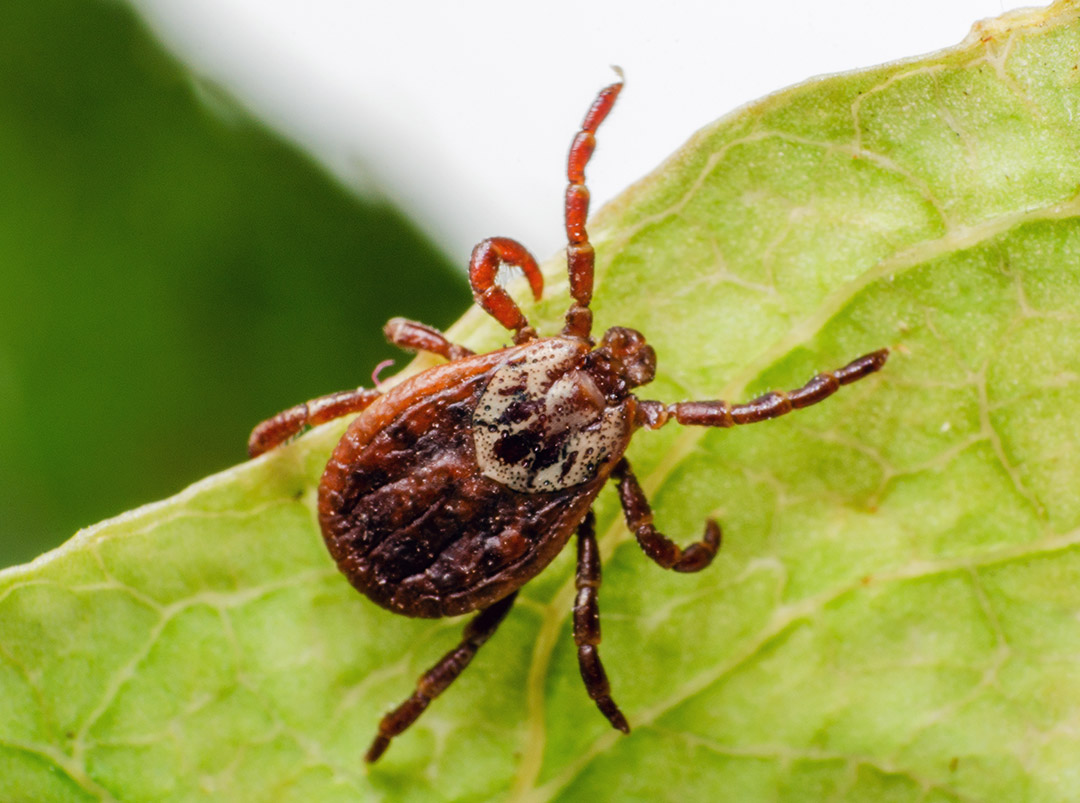Corporate Office:
20 Corporate Park Drive, Suite 150
Pembroke MA 02359
Cambridge, MA Office:
2534 Massachusetts Ave,
Cambridge, MA 02140
At some point in life most people have discovered a tick on themselves, on a family member, or on a family pet. The bite of a tick is not only annoying and painful but may result in localized skin inflammation, secondary infection and possible introduction of disease-causing microorganisms.
There are numerous species of ticks found in the New England region, all have the potential for disease transmission. In fact the Centers for Disease Control (CDC) consider tick-borne diseases to be epidemic-like in the U.S. with Massachusetts and Rhode Island being in the high risk areas.

Ticks are not insects but are closely related to mites, spiders and scorpions. Adult ticks have eight legs, while adult insects have only six. Ticks have four developmental stages: egg, larva, nymphs and adult. Adult ticks usually mate on the host animal. The female then drops to the ground and deposits from 3,000 to 6,000 eggs, which hatch into larvae or "seed ticks." Larvae climb nearby vegetation where they collect in large numbers while waiting for small rodents (mice, chipmunks, squirrels, etc.) or other vertebrates to pass within reach.
After a blood meal on the host, the engorged larvae drop to the ground, shed their skins (molt), and emerge as nymphs. Like larvae, the nymphs await the passage of a host, engorge themselves with blood, drop to the ground, molt and become adults.
Adult ticks seek host animals and after engorgement, mate. Male hard ticks usually mate with one or more females and then die, although some may live for several months. Females die soon after depositing their eggs in protected habitats on the ground. The life cycle requires from as little as 2 months to more than 2 years, depending on the species.
Count on Secured Environments Pest and Wildlife Services to tailor a program to protect you, your children, and pets from this potentially life threatening pest.
Have a pest that you Can Not identify?
We are here to help! Send us a photo at Secured Environments Pest ID or Contact Us!